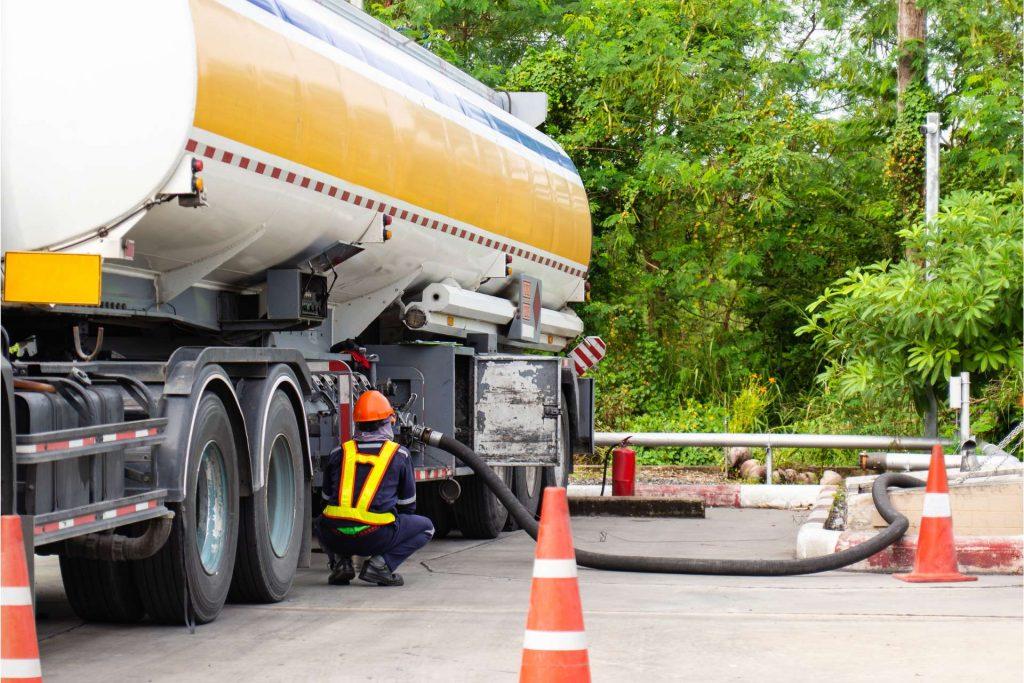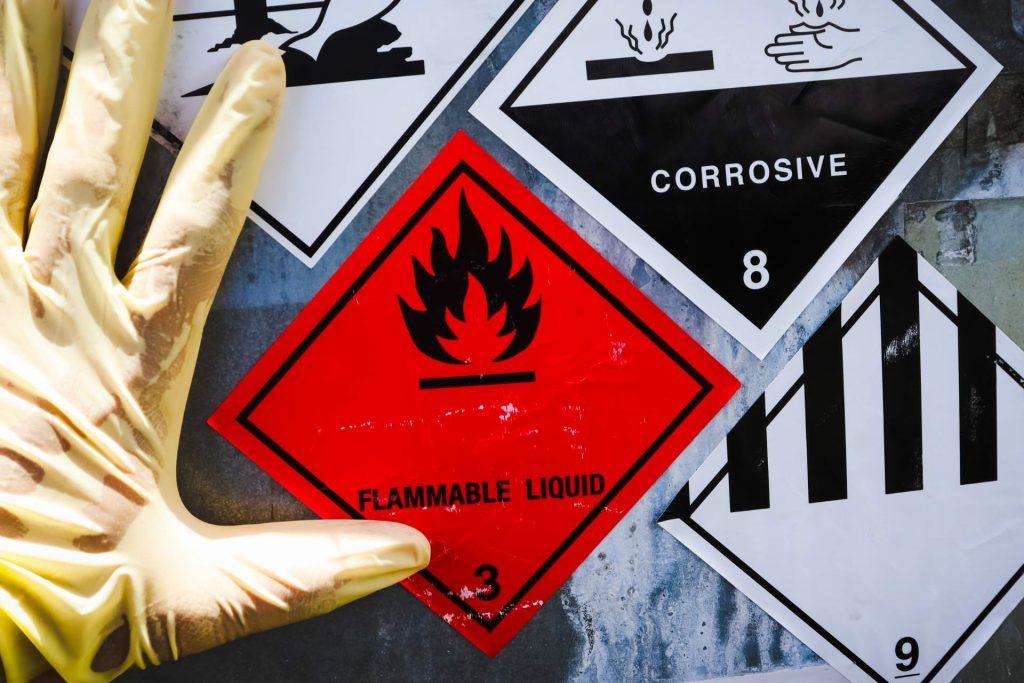5th May 2023
PAT Testing For Home Workers

While PAT testing isn’t required by law, it is the responsibility of employers to ensure that any electrical equipment used by employees is maintained and is in a safe working condition. PAT testing may be included as a part of measures put in place by employers to make sure that employees and the wider public are safe from harm.
With the increase in the availability of flexible homeworking and hybrid roles, a larger proportion of employees are now working from home.
So, should employers be providing PAT testing for home workers as part of their annual testing regimes?
The short answer is yes. If your business has staff working from home, you still have a duty to ensure their safety – and that of any equipment provided for their use. If you PAT-tested equipment in the workplace, you must extend this to those working from home.
What Is Portable Appliance Testing (PAT)?
PAT refers to Portable Appliance Testing, a simple test to ensure that portable electric equipment is operating safely. It is a combination of visual inspection and physical tests that must be carried out by someone competent and trained to do so.
Who Is Responsible For PAT Testing Remote Workers’ Equipment?
PAT testing for home workers is the responsibility of the employer. They are responsible for ensuring all employees are safe when doing their job and it is their responsibility to make sure that all equipment issued to staff (whether in the office or at home) is safe to use.
What Items Need PAT Testing?
In short, any electrical item that is plugged into the mains needs to be PAT tested.
With the onset of extended homeworking hours, employers are providing more equipment to allow their colleagues to conduct their roles effectively.
Equipment such as laptops, printers, scanners, lighting, desktop screens and extension leads are being issued to home workers. All should be PAT tested to ensure safety.
Is PAT Testing For Home Workers A Legal Requirement?
So is PAT testing for home workers a legal requirement? There are a couple of things to consider here. Firstly, the Electricity at Work Regulations 1989 and secondly, the Provision and Use or Work Equipment Regulations (PUWER) 1998.
The Electricity at Work Regulations 1989
The Electricity at Work Regulations 1989 requires that any electrical equipment with the potential to cause injury be maintained in a safe condition. The regulations do not, however, outline what needs to be done, by whom or when. This means that inspection or testing of electrical equipment is not a legal requirement, and neither is undertaking this annually.
However without sufficient evidence of inspecting and maintaining electrical equipment that is issued to staff, it would be difficult for an employer to prove they had effectively discharged their ‘duty of care’, and so PAT testing is the common and widely accepted approach to address this issue.
The Provision and Use of Work Equipment Regulations (PUWER) 1998
Section 2 (5) of the Provision and Use of Work Equipment Regulations 1998 refers to every employer being required to, “ensure that all work equipment is maintained in an efficient state, in efficient working order, and in good repair.” There is no reference to the location of the equipment therefore, the guidance for employers is unclear.
One way that a business can evidence that they have complied with the regulations, is by certifying that their electrical equipment has been inspected and tested by a trained professional. As mentioned previously, if an employer is PAT testing equipment at work, this should also extend to home workers.
In many organisations, PAT Testing is carried out on all appliances, including the appliances provided to employees such as laptops and mobile phone chargers.
Recommended Intervals Between Inspection & Testing
Below is a table provided by the HSE outlining the recommended intervals between inspection and testing.
| Type of Business | User Checks | Formal Visual Inspection | Combined Inspection & Test |
|---|---|---|---|
| Equipment Hire | N/A | Before Issue/After Return | Before issue |
| Construction | 110V: Weekly
230V mains: Daily/Every Shift |
110V: Weekly
230V mains: Daily/Every Shift |
110V: Before Use On-site & Then 3 Monthly
230V mains: Before Use On-site & Then Monthly |
| Light Industrial | Yes | Before Initial Use & Then 6 Monthly | 6-12 Months |
| Heavy Industrial/High Risk Of Equipment Damage | Daily | Weekly | 6-12 Months |
| Office Information Technology E.g. Desktop Computers, Photocopiers, Fax Machines | No | 1-2 Years | None If Double- insulated, Otherwise Up To 5 Years |
| Double Insulated Equipment NOT Handheld E.g. Fans, Table Lamps | No | 2-3 Years | No |
| Handheld Double Insulated (Class II) Equipment E.g Some Floor Cleaners, Kitchen Equipment & Irons | Yes | 6 Months – 1 Year | 1-2 Years |
| Earthed (Class I) Equipment E.g Electric Kettles, Some Floor Cleaners | Yes | 6 Months – 1 Year | 1-2 Years |
| Equipment Used By The Public | By Member Of Staff | 3 Months | 1 Year |
| Cables & Plug Extension Leads | Yes | 1 Year | 2 Year |
Further reading
Learn more about the Electricity at Work Regulations 1989
Learn more about the Provision and Use or Work Equipment Regulations (PUWER) 1998
How Often Is PAT Testing Recommended?
Chris Hall, Partner at Lighthouse Risk Services said:
“There is no legal requirement for employers to undertake an annual PAT schedule. In fact, the guidance on electrical testing does not advise blanket PAT programmes covering all appliances.
“The guidance on the frequency of tests and inspections for larger items such as printers and screens suggests a formal visual inspection every two to four years. Where items have an earth, a periodic test is recommended every five years. The reality is that the majority of these items will have been replaced within the timescale recommended for inspection or testing.
“Best practice guidance that we pass to all of our clients would be to keep a schedule of all appliances issued to employees and ensure that bi-annual visual inspections are undertaken, along with a mechanism for defects to be reported back.
“Preferably all portable apparatus, including extension leads, should be identified by a serial number and recorded in a register.
“The register should indicate how often each item should be recalled for routine inspection and maintenance and someone should be appointed to recover each item on the dates due.
“The equipment should be marked so that it is clear to the user when its inspection and maintenance are due.”
“It’s also important to educate staff on how to properly use their electrical equipment, give them access to any relevant information and if required, provide training. Specialist training should be provided to any member of staff expected to maintain electrical equipment or to conduct any work needing electrical knowledge.”
How Can Home Workers Check Equipment To Ensure Electrical Safety?
While employers are responsible for ensuring the safety of their employees, employees also have a responsibility to ensure safety.
Home workers that are using electrical equipment as part of their role can conduct the following checks.
Use electrical equipment for it’s intended use. Adhere to the equipment’s user manual.
Conduct visual checks for faults before using the equipment
Cable
- Is the cable frayed?
- Are the wires exposed? Has the cable casing cracked or come off?
- Is the cable a trip hazard?
Equipment Casing
- Is the casing cracked?
- Is the casing misshaped or warped?
- Is there any discolouration on the casing? Does the casing display scorch or burn marks?
Plug Socket
- Is the plug socket damaged?
- Are the pins loose?
Environment
- Are you using extension leads or sockets? Are they coiled or twisted?
- Can you smell or hear anything unusual when turning on the equipment?
- Stop and unplug electrical equipment if it is faulty and report any faults immediately to the relevant person.
- Avoid overloading plug sockets and extensions with multiple appliances. Never chain extension leads together.
- Don’t charge equipment on a soft surface. This can block vents and cause equipment to overheat causing a potential fire risk.
For further advice on your health and safety responsibilities for home workers, contact us to speak to one of our experts.
Appoint Lighthouse As Your Health & Safety Competent Person
The competent person role does not have to be fulfilled internally within every company. You can, therefore, outsource the appointment to a contractor or consultancy with the necessary qualifications and experience.



